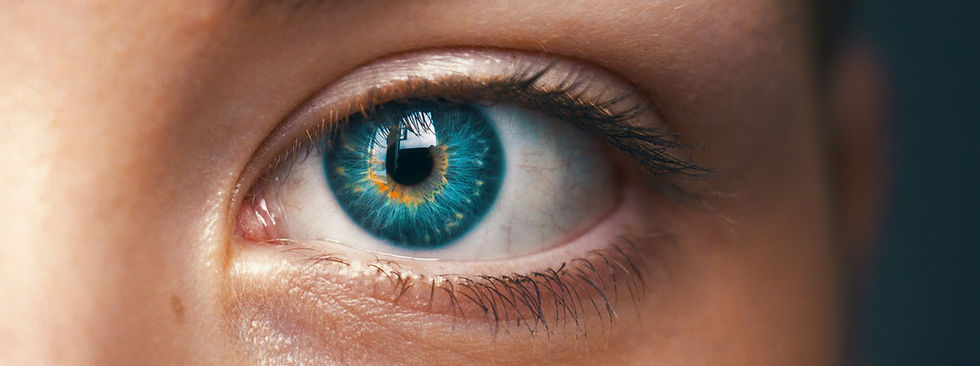What is Sleep Disordered Breathing and How Can it Affect My Child?
- Jess Pirotte
- Aug 22
- 2 min read

Good sleep is essential for a healthy childhood, but there are a number of factors that can get in the way of a restful night’s sleep. One such issue is sleep disordered breathing (SDB), a condition in which normal respiratory patterns and ventilation is disrupted during sleep. Let’s start by taking a look at what normal, healthy breathing looks like:
What are the attributes of normal breathing?
Quiet breathing - breathing should not be audible
Nasal breathing only - no mouth breathing!
Lips closed with tongue suctioned to roof of mouth
What are the symptoms of Sleep Disordered Breathing?
SDB has a number of common symptoms, including:
Seen during sleep
Fast and/or noisy breathing, snoring
Mouth breathing
Teeth grinding
Gasping for air during sleep
Bedwetting
Seen during the day
Irritability
Daytime sleepiness
Hyperactivity
Learning delays
Failure to thrive (malnutrition or delayed development)
What are the risk factors for Sleep Disordered Breathing?
There are some factors that put your child at higher risk for SDB, namely:
Obesity
Enlarged tonsils or adenoids
Narrow airway
Anatomical abnormalities of the jaw or nose
Tongue restriction affecting proper function
Conditions such as cerebral palsy or down syndrome
How can Sleep Disordered Breathing hurt my child?
An estimated 1.2-5.7% of children are affected by Obstructive Sleep Apnea (OSA), a serious type of disordered breathing, according to the American Academy of Pediatrics. Additionally, it is thought that the prevalence may not only be higher than estimated, but be increasing due to the American obesity epidemic. Unchecked OSA and SDB can lead to the following complications:
High blood pressure in adulthood
Cardiovascular and pulmonary problems in adulthood
Stroke in adulthood
Increased risk of type 2 Diabetes
Mood disorders
Cognitive impairment
How can I treat my child’s Sleep Disordered Breathing?
It begins with a proper examination and thorough review of their medical and developmental history.
Depending on the cause of the SDB, a number of treatment options are available.
Tonsil and/or adenoid removal
Myofunctional therapy
Orthodontics
cPAP therapy (a machine that delivers a powerful stream of oxygen to enhance breathing) -in very severe cases
An evaluation by a doctor will help you determine exactly what you are dealing with. If you’re concerned and don’t know where to begin, we can help! Call or email us today to learn more about treatment options for SDB.




Comments